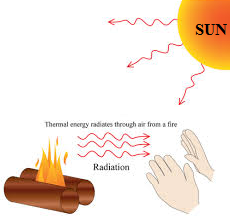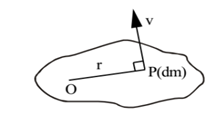Science > Physics > Radiation > Introduction to Radiation The different modes of heat transfer are conduction, convection, and radiation. In this article. we shall study radiation. Radiation: Radiation is a process of transfer of heat in the form of electromagnetic waves for which material medium is not necessary. Radiant Heat: The thermal energy which […]
Introduction to Radiation


